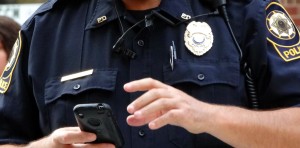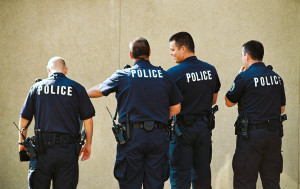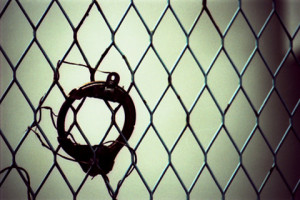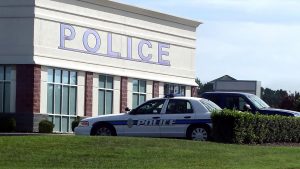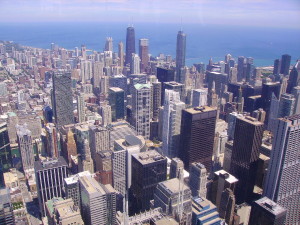
The Chicago Tribune reports that a 22-year-old schizophrenic man was recently charged with murdering his cousin in Cook County. Supposedly the defendant was standing on the street with his cousin and a few other people when the group started making fun of the defendant for being mentally slow. Allegedly, the defendant responded by firing a semi-automatic handgun into his cousin’s neck, chin, and chest. The cousin died shortly after and now the shooter is charged with murder. While there are several ways to defend against a murder charge, arguing insanity may be a viable defense strategy for this particular defendant.
Illinois’ Insanity Defense
In Illinois, a person can not be held criminally responsible for their conduct if a mental disease or mental defect caused that person to lack the substantial capacity to appreciate the criminality of his or her conduct, according to our state’s Criminal Code (720 ILCS 5/6-2). In other words, if a mental defect caused you to not appreciate the criminality of what you were doing while you were committing the crime, then the legal defense of insanity is available to you. Illinois’ insanity defense statute also notes that if a defendant was mentally ill at the time of the crime, but was not insane, then that defendant is still liable for his or her criminal act as it is possible to be found guilty but mentally ill in Illinois. However, in order to successfully claim the insanity defense, the defendant has the burden of providing clear and convincing evidence sufficient to prove that he or she was insane when the crime was committed and, therefore, is not guilty by reason of insanity.
 Chicago Criminal Lawyer Blog
Chicago Criminal Lawyer Blog



